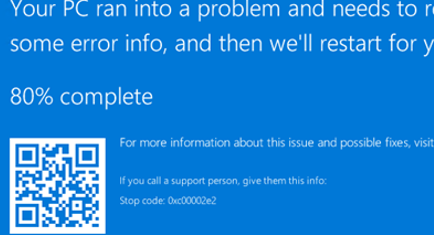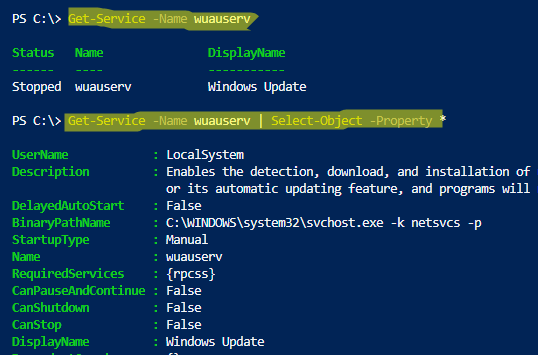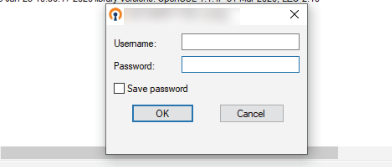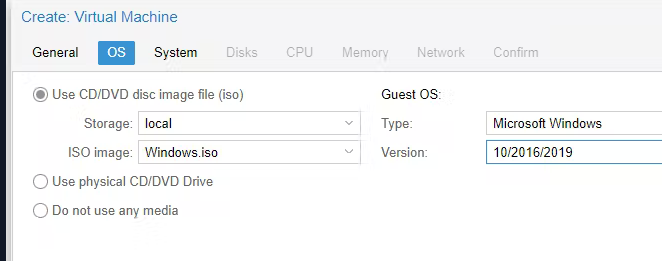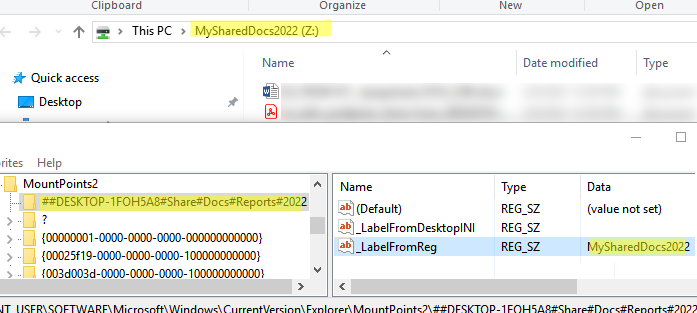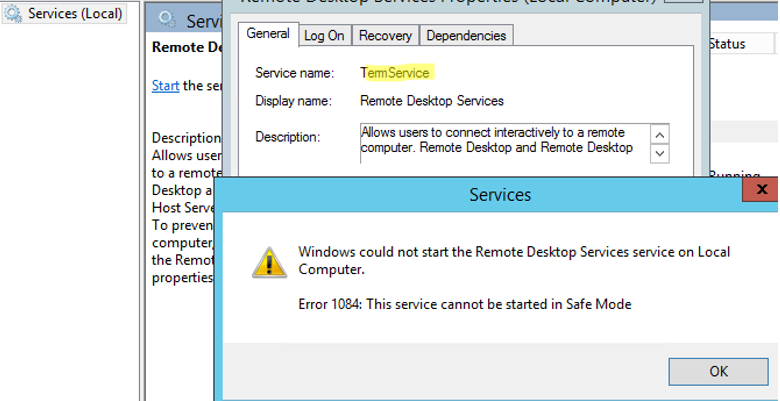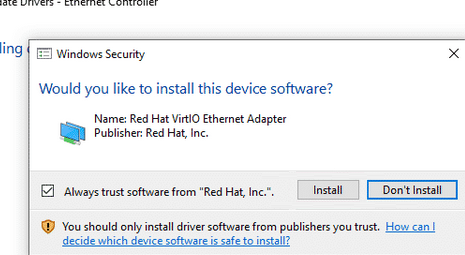After an emergency shutdown of a physical server with an Active Directory domain controller role, the BSOD with an error stop code 0x00002e2 appears on boot. The error points out that the Active Directory database (NTDS.DIT) is damaged. In this article, we will figure out how to fix the ntds.dit file and start a domain controller (in our case, it is a server running Windows Server 2019).
Continue reading “Domain Controller Crashes on Boot with Stop Code 0xc00002e2”

